Earth and Space Science Worksheets
Are you searching for engaging and educational worksheets to supplement your Earth and Space Science lessons? Look no further! We have a wide variety of worksheets specifically designed to help students enhance their understanding of this fascinating subject while developing their critical thinking and problem-solving skills.
Table of Images 👆
More Science Worksheets
6 Grade Science WorksheetsScience Heat Energy Worksheets with Answer
Science Worksheets Light and Sound
7th Grade Science Cells Worksheets
Worksheets Life Science Vocabulary
8th Grade Science Scientific Method Worksheet
Science Worksheets All Cells
What is the difference between weather and climate?
Weather refers to the short-term atmospheric conditions in a specific area at a specific time, such as temperature, humidity, wind, and precipitation. Climate, on the other hand, refers to the long-term average of these weather patterns over a much larger timescale, typically 30 years or more. In short, weather describes the current conditions whereas climate describes the historical trends and patterns of weather in a particular region.
How do tectonic plates contribute to the formation of natural disasters?
Tectonic plates contribute to the formation of natural disasters by shifting and colliding with each other, leading to events such as earthquakes, tsunamis, and volcanic eruptions. When plates interact, built-up stress is released suddenly, causing seismic activity. Additionally, plate movements can create underwater disturbances that trigger tsunamis, and volcanic eruptions can occur when magma from the Earth's mantle rises through the crust due to tectonic forces. These processes influenced by tectonic plates are responsible for a significant number of natural disasters worldwide.
What are the main factors that determine a planet's habitability?
The main factors that determine a planet's habitability include its distance from its star (the habitable zone), presence of a stable atmosphere, availability of liquid water, geological activity to support a magnetic field, presence of essential elements for life, and protection from harmful cosmic radiation. Additionally, factors like plate tectonics, climate stability, and the presence of a biosphere can also influence a planet's habitability.
How does the water cycle work?
The water cycle is a continuous process where water evaporates from bodies of water, plants, and soil, rises into the atmosphere, cools and condenses into clouds, falls back to the Earth as precipitation (rain or snow), flows into bodies of water, and then repeats the cycle. This process helps to distribute water across the planet, ensuring the availability of fresh water for all living organisms.
What causes the different seasons on Earth?
The different seasons on Earth are caused by the tilt of the Earth's axis as it orbits the sun. This tilt causes the angle at which sunlight hits the Earth to vary throughout the year, resulting in different intensities of sunlight and temperatures in different parts of the world, leading to the four seasons: spring, summer, autumn, and winter.
How do volcanoes form and erupt?
Volcanoes form when molten rock magma rises to the surface through cracks in the Earth's crust. The buildup of pressure causes the magma to erupt, creating volcanic activity. Eruptions can be explosive, with ash, gas, and lava being expelled from the volcano, or they can be more gentle, with lava flowing steadily out of the volcano's vent. The type of eruption is determined by the composition of the magma and the structure of the volcano.
What are the main types of rocks and how are they formed?
The main types of rocks are igneous, sedimentary, and metamorphic. Igneous rocks are formed from cooling and solidification of lava or magma. Sedimentary rocks are formed from the accumulation and compaction of sediments, such as sand and mud, over time. Metamorphic rocks are formed from existing rocks being subjected to high temperatures and pressures, resulting in changes to their mineralogy and texture.
How does the greenhouse effect contribute to global warming?
The greenhouse effect contributes to global warming by trapping heat in the Earth's atmosphere. Human activities, such as burning fossil fuels and deforestation, release greenhouse gases like carbon dioxide into the atmosphere. These gases trap heat from the sun, causing the Earth's temperature to rise, leading to global warming. This warming can have various detrimental effects on the environment, such as rising sea levels, extreme weather events, and disruptions to ecosystems.
What are the different layers of Earth's atmosphere and their characteristics?
The Earth's atmosphere is divided into five main layers: the Troposphere (where weather occurs and contains most of the atmosphere's mass), the Stratosphere (contains the ozone layer which absorbs ultraviolet radiation), the Mesosphere (where meteors burn up upon entering the atmosphere), the Thermosphere (where the International Space Station orbits and temperatures rise with altitude due to the presence of ionized gases), and the Exosphere (the outermost layer where atoms and molecules escape into space). Each layer has its own unique characteristics and plays a vital role in protecting life on Earth.
How do scientists use fossils to understand Earth's history?
Scientists use fossils to understand Earth's history by studying the preserved remains of plants, animals, and other organisms that lived in the past. By examining the type of fossils found in different rock layers, scientists can estimate the age of the rocks and infer information about the environmental conditions, climate, and biodiversity of that time period. Fossils also provide insights into the evolution of life on Earth and help scientists track changes in ecosystems over millions of years, providing a valuable record of Earth's history.
Have something to share?
Who is Worksheeto?
At Worksheeto, we are committed to delivering an extensive and varied portfolio of superior quality worksheets, designed to address the educational demands of students, educators, and parents.

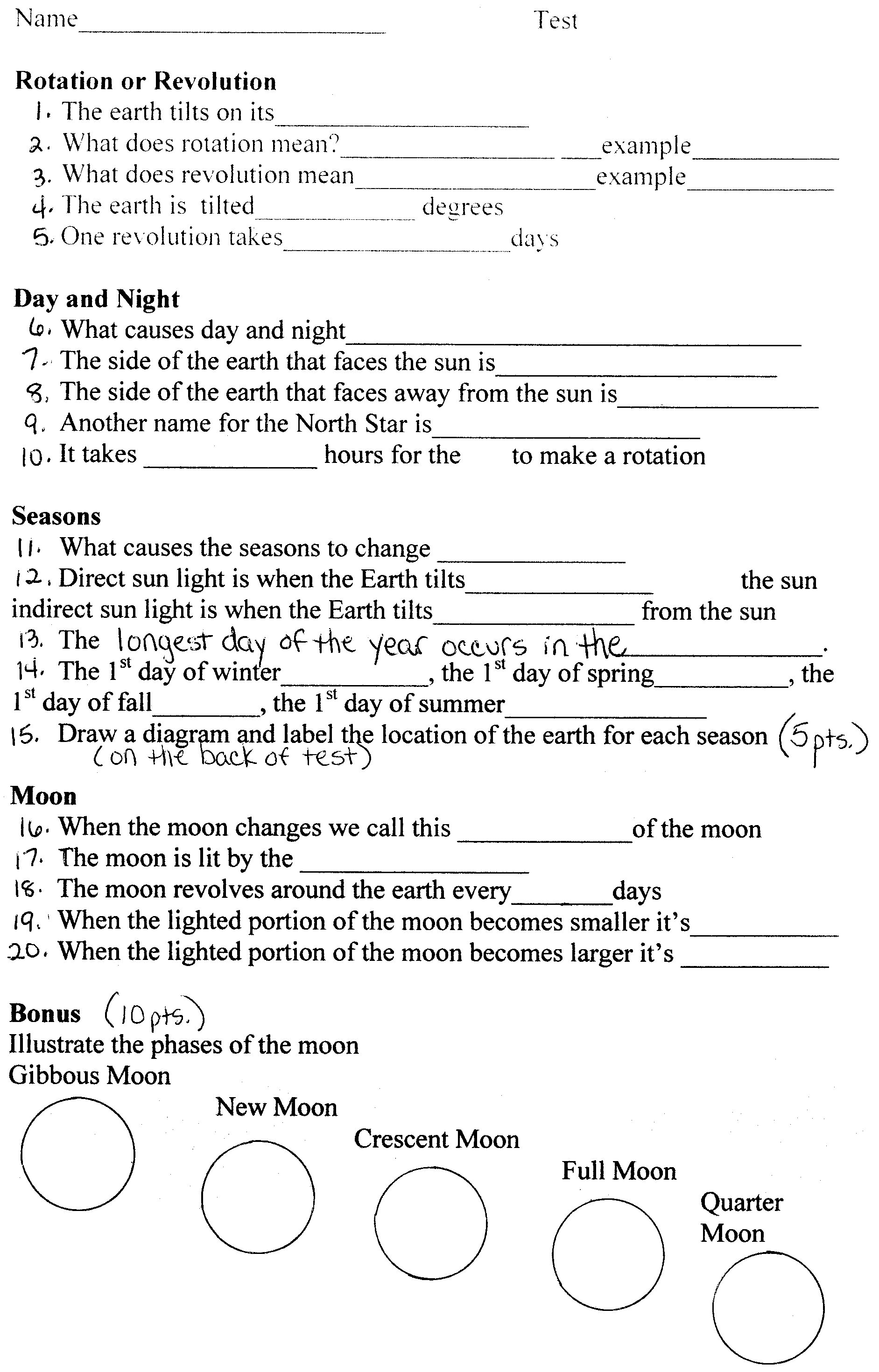




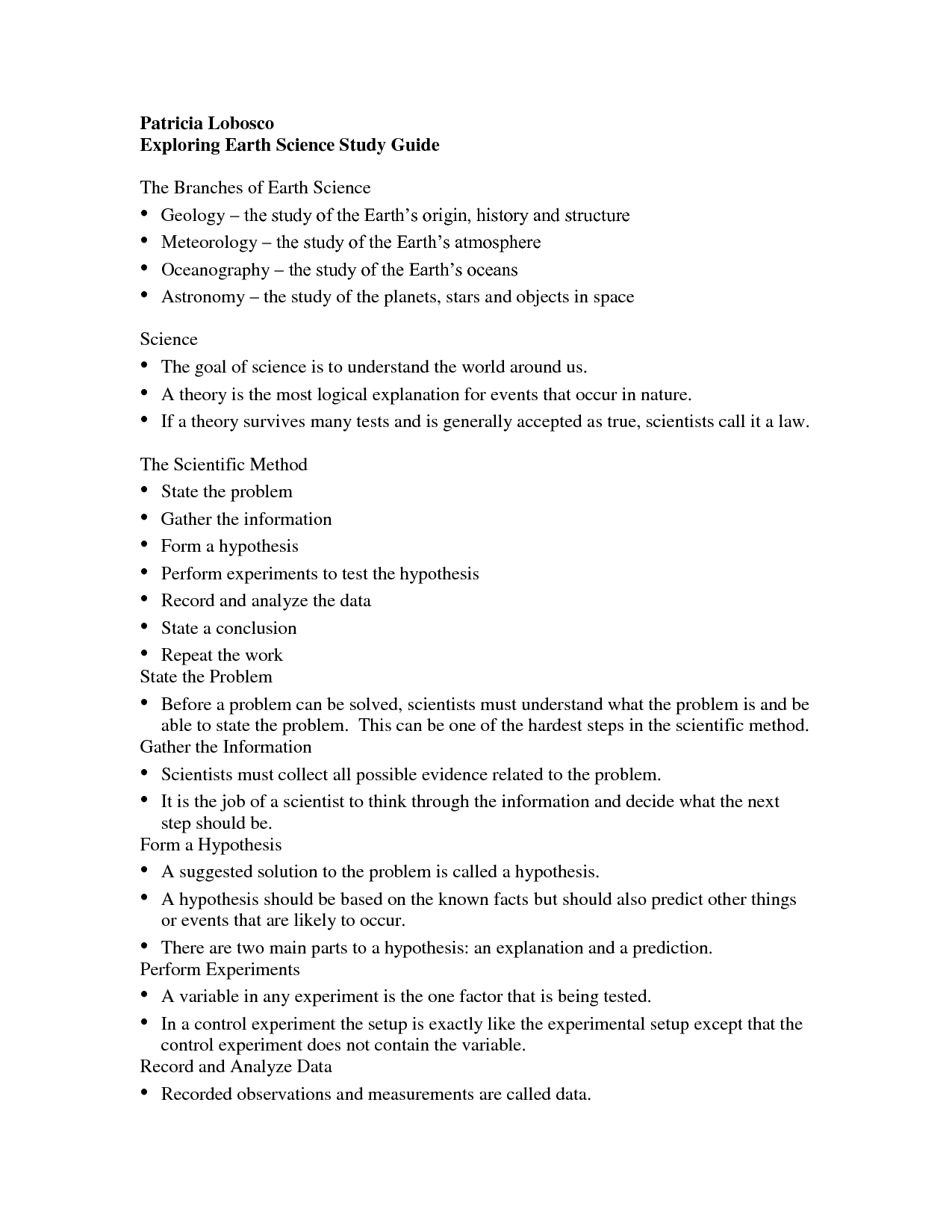



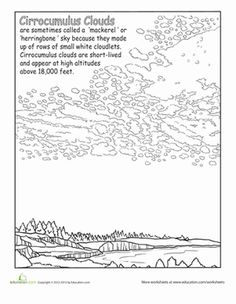
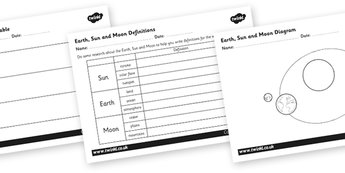
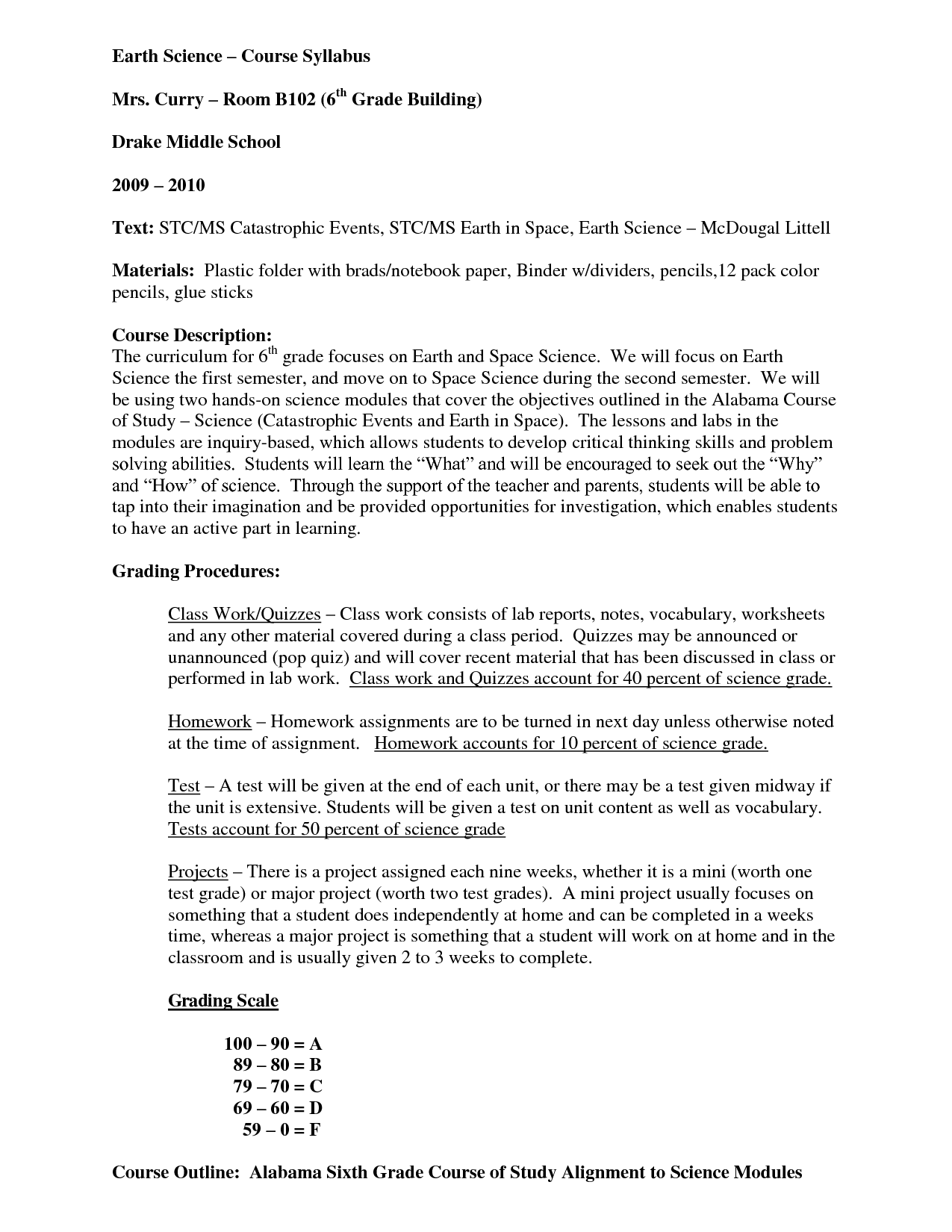
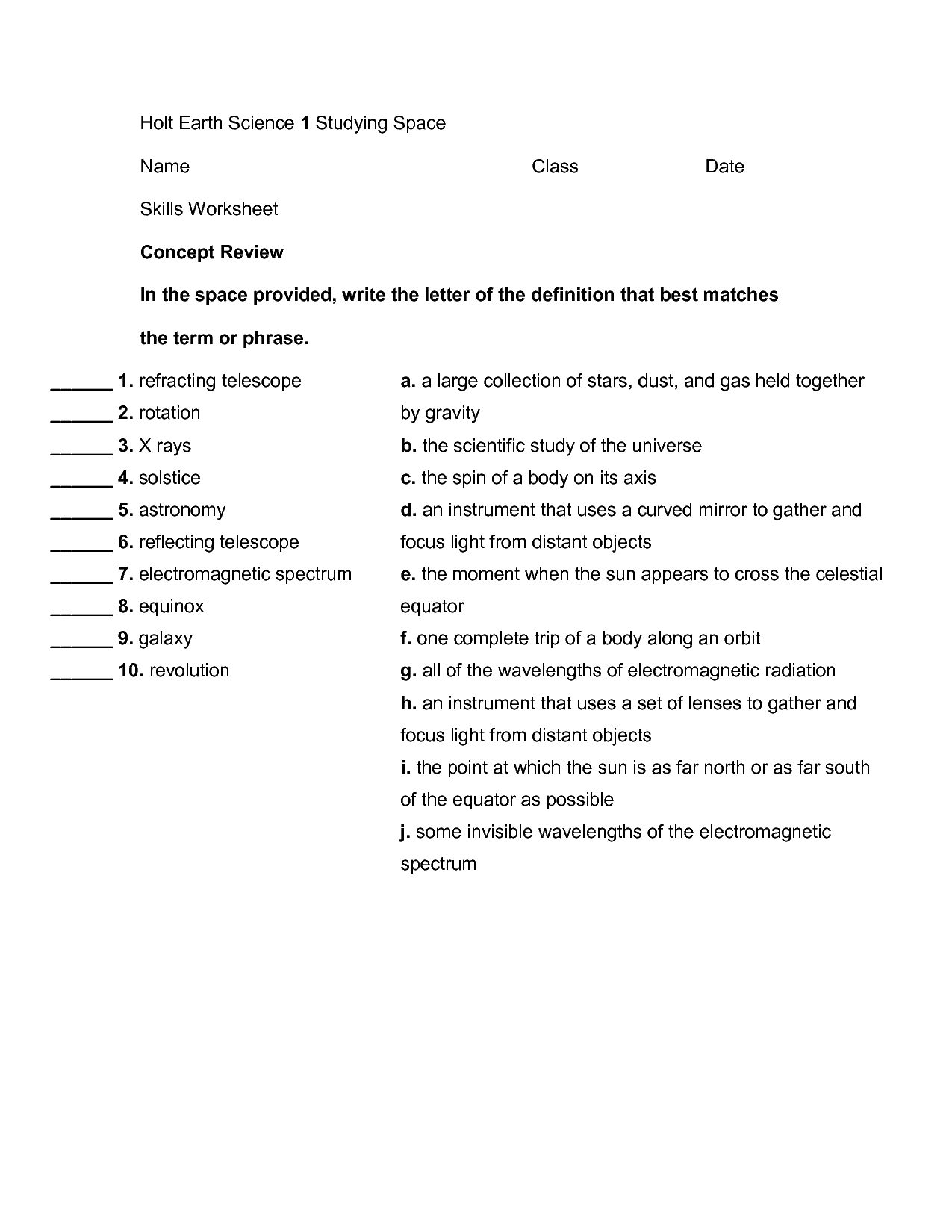














Comments